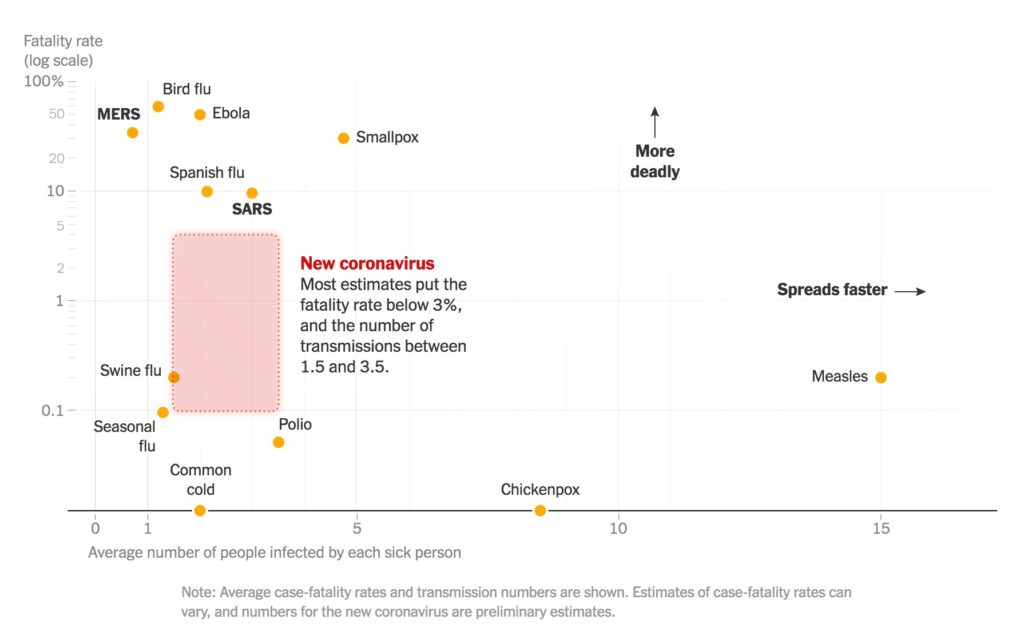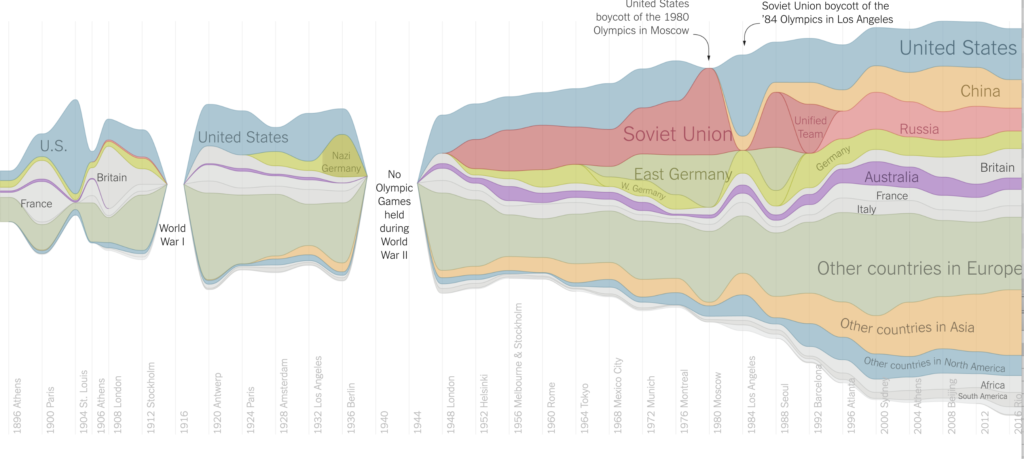The data presentation that I recently saw was by “thawraecon”, an Instagram page that was created at the start of the October revolution in Lebanon. The page’s purpose is to provide data-driven economic insights that explain how past governments, ministries, and policies brought the country to its current economic collapse, while emphasizing the urgent need for change, growth, and development.
The presentation is targeted particularly to Lebanese citizens but also to non-Lebanese citizens who are interested in acquiring knowledge and information on Lebanon’s economy. Given the purpose of the page, which is to share economic facts that are easy to understand, I think the presentation does a good job at highlighting the poor state of Lebanon’s road network. On the first page, the main statistic, “85% of Lebanon’s road network is in fair or poor condition”, is clearly the center of the story given the size of the font used. The second page is insightful in terms of breaking down the level of urgency for the different type of roads. The schematic is clear and sophisticated as it uses broken/not broken blocks to symbolize the proportion of roads that are in good/poor condition.
One way I think this presentation could have been more helpful would be the breakdown of the road network by geographic area as such a breakdown could help identify which improvement in road infrastructure would lead to the highest return on investment in terms of GDP for Lebanon in the least amount of time.


